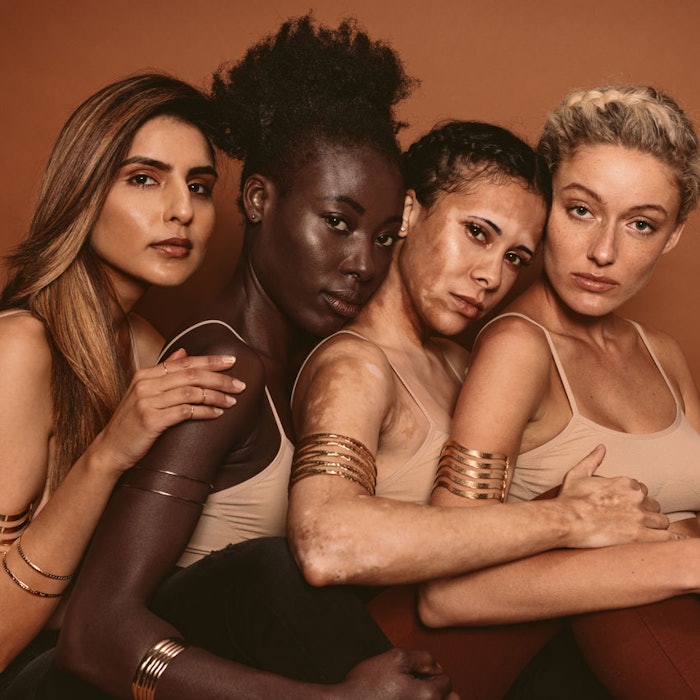
According to a study published in Cell, only 15 genes had previously been associated with human skin pigmentation. Indeed, as reported by ScienceDaily, previous studies pointed to this small number of known genes as accounting for nearly 50% of pigment variation.
However, these studies relied on data almost entirely from northern Eurasian populations; i.e., populations residing in higher-latitude regions. This estimate appears to be grossly over-simplified.
Experts from the Broad Institute of MIT and Harvard, Stanford University and Stony Brook University developed a global survey of skin pigmentation phenotypes. Researchers examined the polygenicity in KhoeSan populations native to southern Africa—who have considerably lighter skin than equatorial Africans—to find that progressively more complex pigmentary genetics exist in populations who reside closer to the equator.
Indeed, an increasing number of known and unknown genes contributed, in smaller and smaller amounts, to the overall skin profile. Commenting on these results in a report from the Broad Institute, co-author on the study Alicia Martin said, "Southern African KhoeSan ancestry appears to neither lighten or darken skin. Rather, it just increases variation. In fact, the KhoeSan are approximately 50% lighter than equatorial Africans. Ultimately, in northern latitudes, pigmentation is more homogenous, while in lower latitudes, it's more diverse—both genetically and phenotypically."
What might this mean for skin care developers and treatments? That there is no one-size-fits-all approach to products that target skin pigmentation or pigmented skin. This makes an even stronger case for not just personalized, but customizable and ethnically targeted, skin care.










